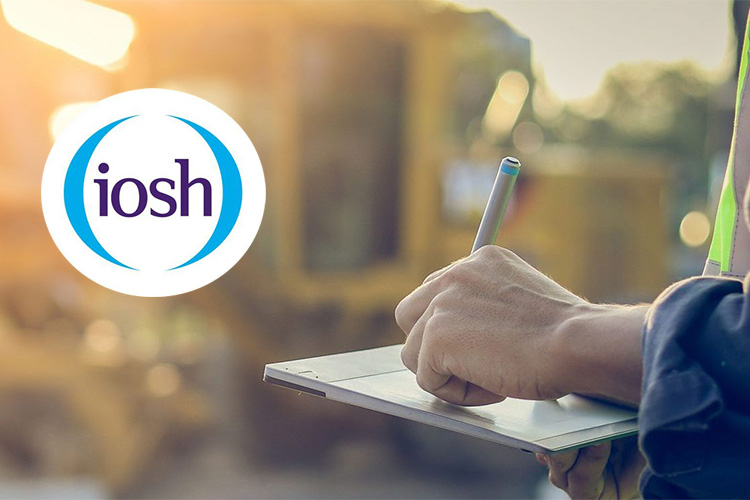Abrasive blasting, a commonly used technique across various industries, involves propelling abrasive materials at high speeds to clean, smooth, or shape a surface. While it’s an effective method, it comes with inherent risks if not handled properly. This comprehensive guide, tailored for the IOSH Course, delves into the safe use of abrasive blasting equipment, emphasizing the importance of adherence to safety protocols to mitigate hazards effectively.
Understanding Abrasive Blasting Equipment
What is Abrasive Blasting?
Abrasive blasting, also known as sandblasting, involves the use of abrasive materials propelled at high velocity to clean, prepare, or modify surfaces. Common abrasives include sand, steel grit, glass beads, and aluminum oxide.
Types of Abrasive Blasting Equipment
i. Pressure Blasting Cabinets: These units utilize compressed air to propel abrasive material against the surface under high pressure, offering precise control and efficient cleaning.
ii. Siphon Blasting Cabinets: Operating on a suction principle, these cabinets draw abrasive material into the airstream to achieve surface treatment.
iii. Portable Blasting Equipment: Handheld devices or small units allow for mobility and flexibility in abrasive blasting operations.
Best Practices for Safe Abrasive Blasting Operations
1. Conducting Risk Assessments
Before commencing abrasive blasting activities, conduct thorough risk assessments to identify potential hazards and implement appropriate control measures. Consider factors such as the type of abrasive material used, environmental conditions, and proximity to other workers.
2. Utilizing Personal Protective Equipment (PPE)
Appropriate PPE is essential to safeguard workers from potential hazards during abrasive blasting operations. This includes respiratory protection to prevent inhalation of airborne contaminants, eye and face protection, hearing protection, and protective clothing to minimize exposure to abrasive materials.
3. Implementing Engineering Controls
Engineering controls such as local exhaust ventilation systems help mitigate airborne contaminants generated during abrasive blasting. Proper ventilation not only protects workers but also prevents environmental pollution by containing dust and abrasive particles.
4. Regular Equipment Maintenance
Maintaining abrasive blasting equipment in optimal condition is paramount for safety and efficiency. Conduct regular inspections, servicing, and calibration to ensure equipment functions correctly and minimizes the risk of malfunctions or failures during operation.
5. Monitoring Environmental Impact
Abrasive blasting can produce significant environmental impacts, including air and water pollution. Implement measures to contain and capture abrasive materials, such as using containment structures and filtration systems, to prevent contamination of surrounding areas.
Importance of IOSH Course in Abrasive Blasting Safety
1. Recognizing Hazards and Risks
The IOSH Course equips professionals with the knowledge to identify potential hazards associated with abrasive blasting equipment. From airborne contaminants to physical hazards like noise and vibration, understanding these risks is crucial for implementing effective safety measures.
2. Implementing Safety Protocols
Through the IOSH Managing Safely Course, professionals learn to develop and implement comprehensive safety protocols tailored to abrasive blasting operations. This includes proper ventilation systems, personal protective equipment (PPE) requirements, and adherence to regulatory standards.
3. Training and Education
The IOSH Managing Safely Course emphasizes the importance of training and educating personnel involved in abrasive blasting activities. Proper training ensures operators understand equipment operation, safety procedures, and emergency protocols, reducing the likelihood of accidents.
Conclusion
Abrasive blasting, when conducted safely and responsibly, is an effective method for surface preparation and treatment. By undergoing the IOSH Course, professionals gain the knowledge and skills necessary to mitigate risks associated with abrasive blasting equipment effectively. Adhering to best practices, conducting thorough risk assessments, and prioritizing safety measures are essential steps in ensuring a safe working environment for all personnel involved in abrasive blasting operations.

